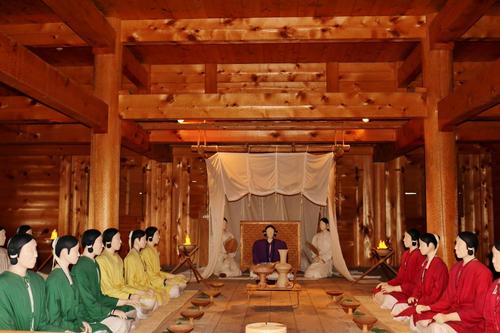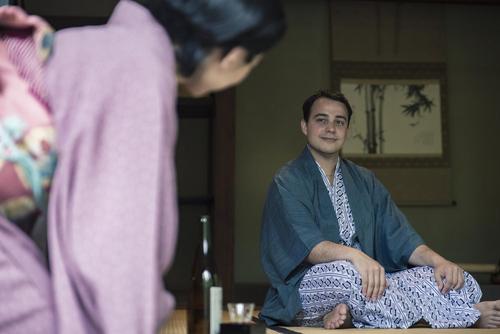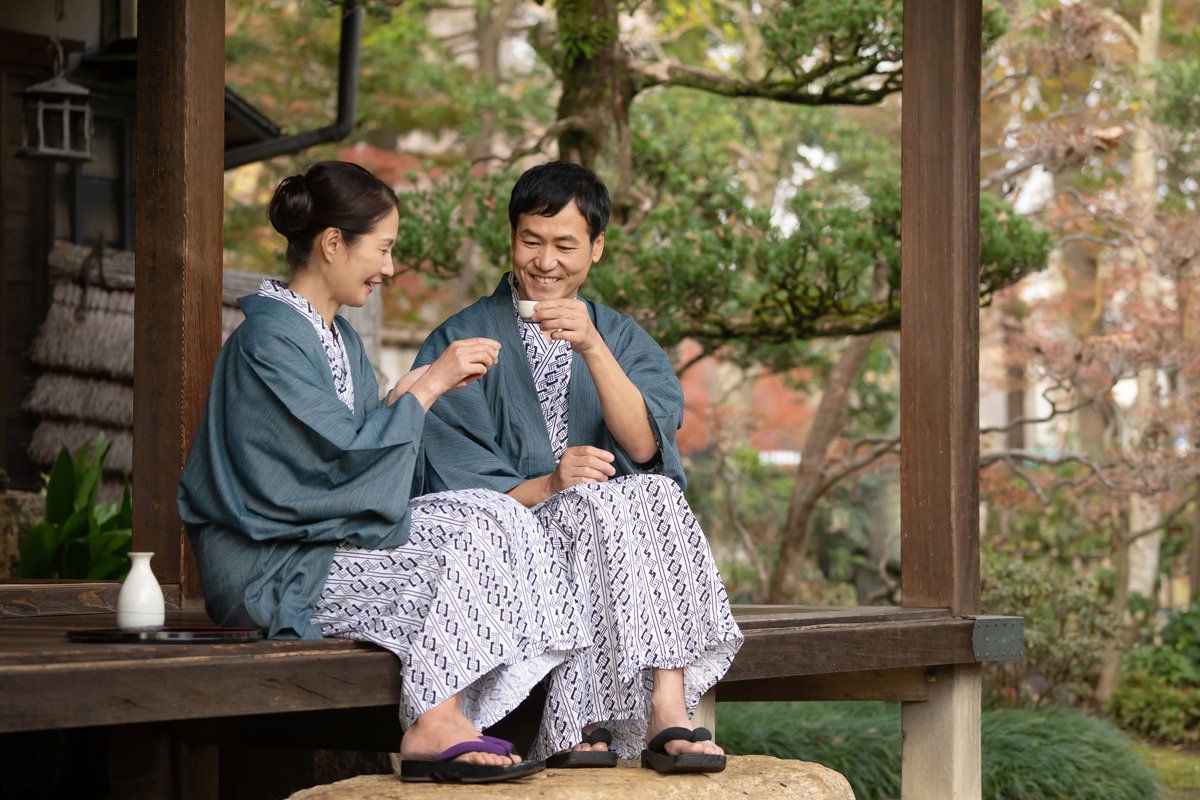Nowadays, sake, known as "SAKE," has many fans overseas, but while many can talk about its flavor, such as the elegant sweetness of rice and floral aroma, few can discuss its history. This article provides an easy-to-understand explanation of sake's origins, production methods, and chronological history. It also introduces some of Japan's leading sake breweries, so please use it as a reference when deepening your knowledge of sake, a drink beloved around the world.
The origins of sake and when did it first start being drunk?

First, let me explain the origins of sake, how it began to be made in Japan.
Did sake originate in western Japan during the Yayoi period?
There are various theories about the origin of sake. One theory is that it dates back to the Yayoi period, when rice cultivation, the raw material for sake, was introduced. Another theory is that sake made from rice was already being consumed in the Jomon period.
References to rice-based sake have been found in western Japan, including the Kinki region and Kyushu, suggesting that rice-based sake was consumed at least in western Japan during the Yayoi period.
There is also a theory that the method of making sake was introduced to the Kyushu region from China shortly before the Yayoi period.
What was the sake brewing method used at the time of its origins?
At the time when sake was first invented, there are records of "kuchikami-no-zake" as one of the methods of sake brewing. Kuchikami-no-zake is an alcoholic beverage made by shrine maidens involved in religious ceremonies chewing rice in their mouths and fermenting it with the enzymes in their saliva. Some people may be familiar with it as it has appeared in movies and anime.
There are also myths written about how sake is made, but some say it may have been made using fruit rather than rice, so it's not clear. This is proof that sake has such a long history.
A chronological look at the history of sake

From the origins of sake to modern times, how has sake been made, enjoyed, and spread throughout the ages? We will explain sake through each era.
Nara period
Sake had been enjoyed by a select few for some time, but it is said that the modern-day sake brewing method spread nationwide after the introduction of the rice koji brewing method from China during the Nara period. It was around this time that the "Sake no Tsukasa" (Sake Brewery Office) was established to manage the sake to be presented to the Imperial Court.
Heian period
As the Heian period began, more and more documents began to appear with more detailed descriptions of how to make sake. "Sōbō sake" made at temples and shrines such as Mount Koya was popular at the time as a high-quality sake. However, sake at this time was mainly used in religious ceremonies, and it seems that it was still not something that common people could easily consume.
Kamakura period
During the Kamakura period, with the rise of what is known as "Kamakura Buddhism," the number of temples, shrines, and sake breweries increased. Along with the development of commerce, sake began to be valued on a par with rice.
Muromachi period
During the Muromachi period, sake brewing methods became more sophisticated. The "two-stage brewing" method, in which water is added to steamed rice and koji in two separate steps, was established, and it can be said that the current sake brewing method was already in place by this time.
Edo period
During the Edo period, sake brewing became possible through the hands of artisans, and the quality improved. Techniques such as "cold brewing" (making sake in winter), "mild brewing" (making sake in warm water) to adjust the aroma of the sake, and "pasteurization" (making sake to improve its shelf life) were developed, and merchants spread the craft to the common people.
Furthermore, the current common knowledge that "water is important for sake" became known during the Edo period, and many good sake breweries were established in areas with famous water sources such as Nada.
Meiji period
During the Meiji period, homemade sake was banned and a "liquor tax" was imposed on alcohol. National institutions were established to conduct chemical research on brewing methods, and sake began to follow the path to modernization.
The custom of drinking sake in Japan

Sake drinking habits have changed over time. We will introduce past and present customs, as well as sake breweries that are currently popular tourist destinations.
Sake was once drunk at religious ceremonies
In the past, drinking sake was limited to religious ceremonies such as prayers for fertility. Even today, sake served at shrines is called "miki," meaning sacred sake, and sake and religious ceremonies remain deeply connected.
The custom of drinking sake remains today
Even in modern Japan, sake is an essential part of celebrations such as New Year's and weddings. It can be said that sake and traditional Japanese events are inextricably linked, just like Shinto rituals.
Tour the sake breweries! Japan's leading sake breweries
Japan's leading sake breweries are known as the "Three Great Sake Makers of Japan," and are as follows:
- Nada: Located in the Nada ward of Kobe city, Hyogo prefecture, this sake brewery has many tourist attractions, including a museum and the "Sake Brewery Road." It is known for its crisp sake, known as "Nada's Manly Sake."
- Fushimi: This is a sake brewery located in the Fushimi ward of Kyoto City. It has a long history, originating from sake breweries established within temples and shrines, and is known for its gentle, sweet taste, earning it the nickname "Fushimi no Onnazake." It is also a landscape development district, making it a recommended area to include in your Kyoto sightseeing itinerary.
- Saijo: This is a sake-producing region located in the Saijo area of Higashihiroshima City, Hiroshima Prefecture. Miura Senzaburo, who was born here, is said to be the creator of ginjo sake. The area is also famous for its quality water, and at the Sake Festival held every October, you can enjoy over 1,000 brands of sake.
summary

Sake has a very ancient history, with its origins said to date back to before the Yayoi period. Once only consumed at religious ceremonies, sake production methods have been refined over time, and it has come to be enjoyed more widely. Why not visit sake breweries as tourist spots, try different famous sakes, and reflect on the history of sake that has accompanied the Japanese people?
This article has been partially re-edited by KARUTA from an article originally published on "Nihongo Biyori."
Any unauthorized reproduction or use of the contents, text, images, illustrations, etc. of this website is strictly prohibited.
Mini lesson corner
Learn about Japan and the Japanese language!
Learn how to make sake in 90 seconds
